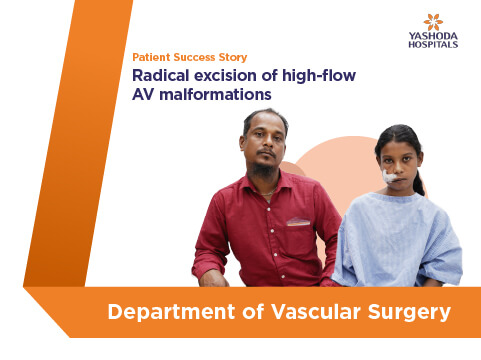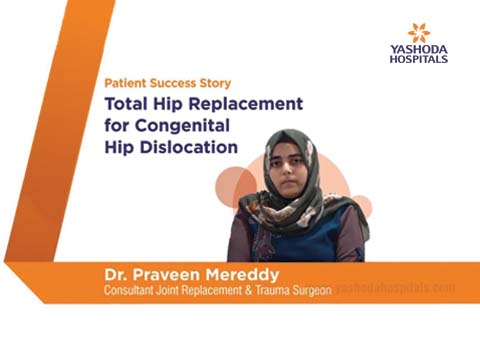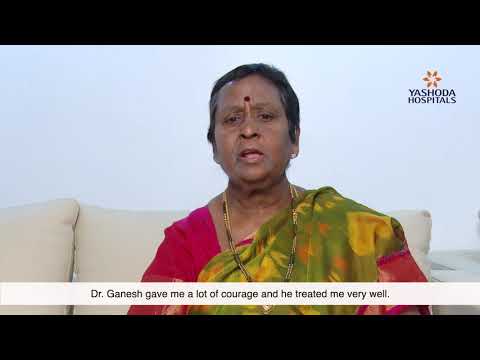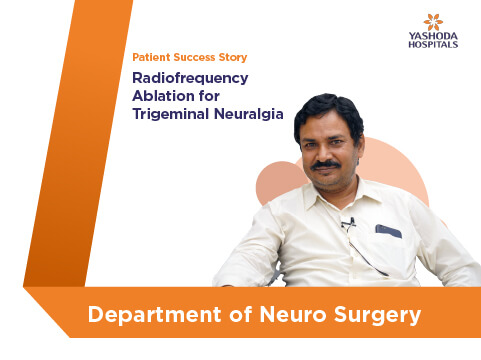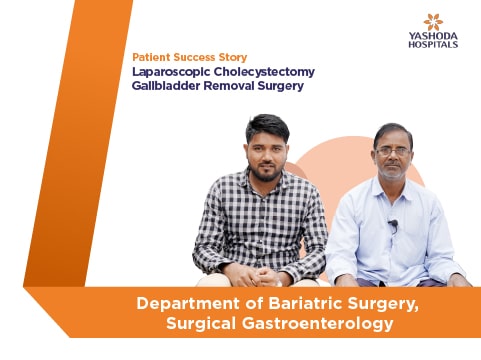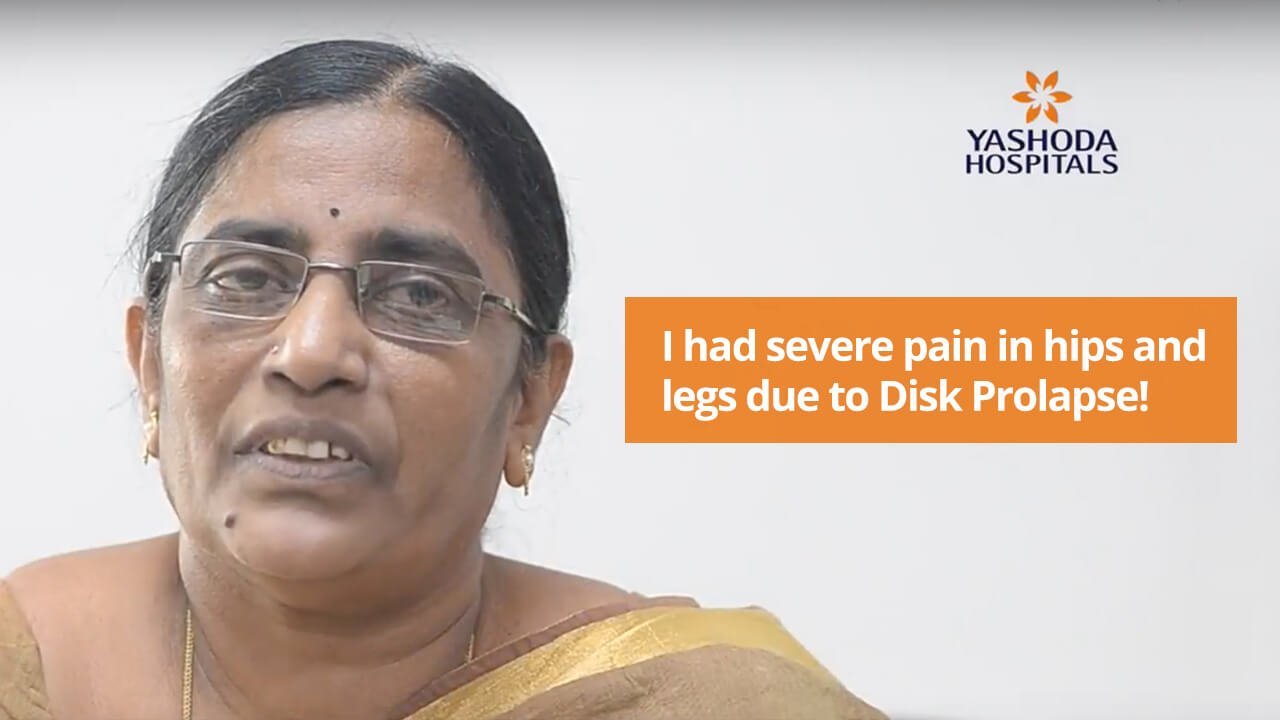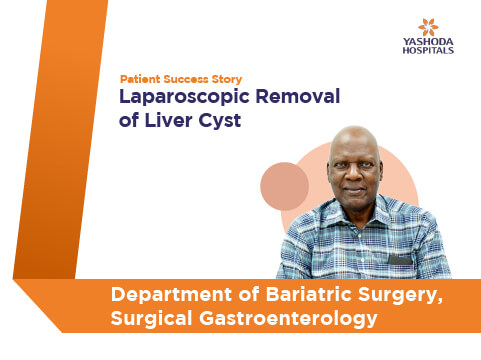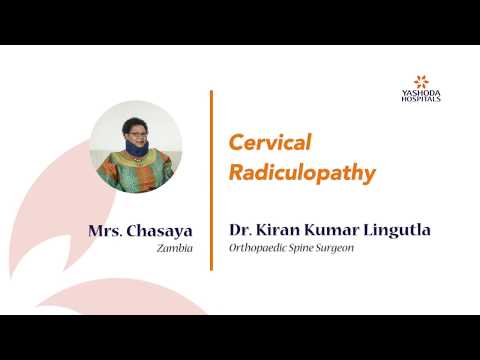Patient Testimonial for Polytrauma Management
Testimonial by Mr. A. Srikanth
Any trauma to the scalp, skull, or brain—whether open or closed—is considered a head injury. The brain may swell after a head injury and there is very little space for the brain to enlarge because the skull covers it. This raises the pressure inside the skull, which might harm the brain. In such cases the patient’s intracranial pressure will be watched closely (pressure inside the skull).
A fractured nasal bone or broken nose, a broken lower jaw, a damaged eye socket, or a broken upper jaw are all possible outcomes of facial trauma. Depending on the severity of the ailment and the presence of other injuries, treatment is customised.
A traumatic injury to the leg following an accident might be caused by a direct strike, a penetrating injury, or the limb bending or twisting abnormally. The accompanying discomfort in the shin or leg could be abrupt and intense. It’s likely that there will be swelling and bruising.
A fractured leg is first treated in the emergency department or urgent care facility, where medical professionals usually assess the damage and immobilise the limb with a splint. Before placing a splint on a patient with a displaced fracture, the doctor realigns the broken bone fragments into their correct places. Initially, some fractures are splinted to allow the swelling to go down. Once there is less swelling, a cast is applied.
The patient is observed at the hospital for a week. He is advised to rest and stay away from physically demanding tasks. Once his doctor gives the go-ahead, he can resume his regular activities. It could take three to six months for a full recovery.
Mr. A. Srikanth from Hyderabad, underwent Polytrauma Management, under the supervision of Dr. Dasaradha Rama Reddy Tetali, HOD and Senior Consultant Orthopaedic Surgeon, Yashoda Hospitals, Hyderabad.
Read to know more: https://dev-kiosk.yashodahospitals.com//specialities/orthopaedic-hospital-in-hyderabad/treatments-procedures/








